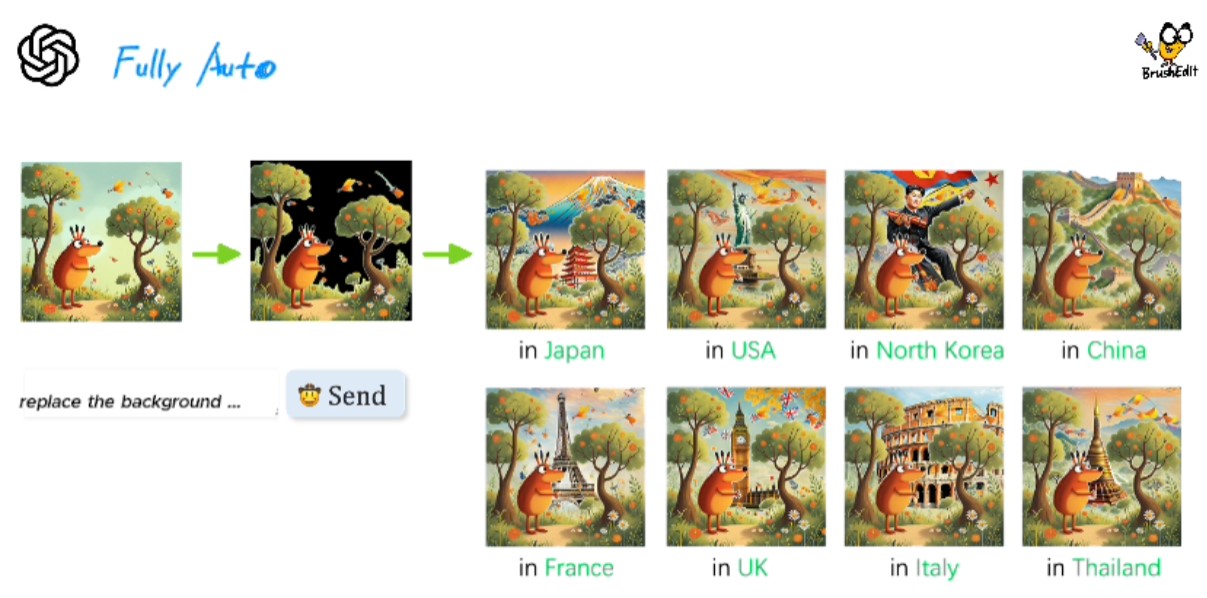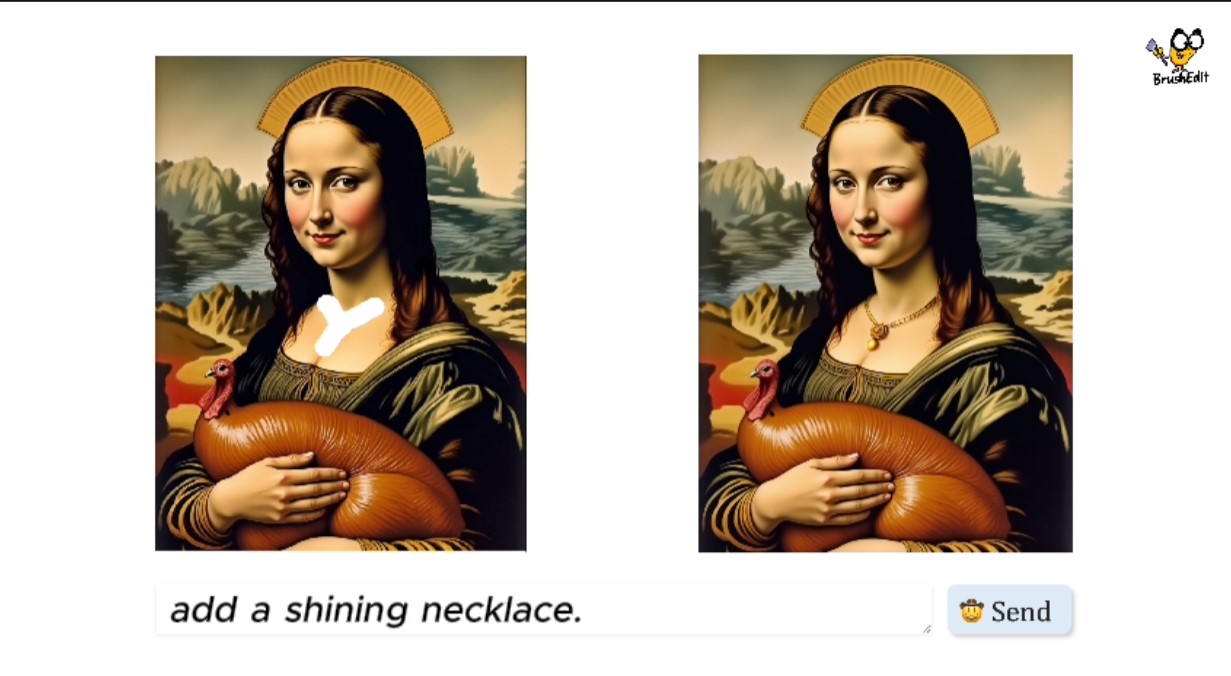BREAKING NEWS
LATEST POSTS
-
AI and the Law – TV/Theatrical 2023 – SAG-AFTRA Contract and Regulating AI
https://www.sagaftra.org/files/sa_documents/AI%20TVTH.pdf
https://www.sagaftra.org/files/sa_documents/TV-Theatrical_23_Summary_Agreement_Final.pdf
Mike Seymour : A Deep Dive into the New Laws around Governing AI
https://www.fxguide.com/fxpodcasts/fxpodcast-361-a-deep-dive-into-the-new-laws-around-governing-ai/Local copies
Studios Align With Big Tech in a Risky Bet
Under U.S. copyright law, directors and writers are not entitled to some rights that exist in other countries, including the U.K., France and Italy. This is because the contributions of writers and directors in America are typically considered “works-made-for-hire,” which establishes creators as employees and producers as the owner of any copyright.
-
Elegoo Water Washable Resin Review – Elegoo Mars
Other Supplies You Will Need
- A Respirator (for Resin printing)
- A Backup Power Supply (great for when the power goes out)
- Nitrile Gloves (Latex gloves will NOT be good enough)
- IPA Alcohol (99.9%) – For cleaning resin
- Many many paper towels
FEATURED POSTS
-
Photography basics: Color Temperature and White Balance
Color Temperature of a light source describes the spectrum of light which is radiated from a theoretical “blackbody” (an ideal physical body that absorbs all radiation and incident light – neither reflecting it nor allowing it to pass through) with a given surface temperature.
https://en.wikipedia.org/wiki/Color_temperature
Or. Most simply it is a method of describing the color characteristics of light through a numerical value that corresponds to the color emitted by a light source, measured in degrees of Kelvin (K) on a scale from 1,000 to 10,000.
More accurately. The color temperature of a light source is the temperature of an ideal backbody that radiates light of comparable hue to that of the light source.
(more…)
-
Narcis Calin’s Galaxy Engine – A free, open source simulation software
This 2025 I decided to start learning how to code, so I installed Visual Studio and I started looking into C++. After days of watching tutorials and guides about the basics of C++ and programming, I decided to make something physics-related. I started with a dot that fell to the ground and then I wanted to simulate gravitational attraction, so I made 2 circles attracting each other. I thought it was really cool to see something I made with code actually work, so I kept building on top of that small, basic program. And here we are after roughly 8 months of learning programming. This is Galaxy Engine, and it is a simulation software I have been making ever since I started my learning journey. It currently can simulate gravity, dark matter, galaxies, the Big Bang, temperature, fluid dynamics, breakable solids, planetary interactions, etc. The program can run many tens of thousands of particles in real time on the CPU thanks to the Barnes-Hut algorithm, mixed with Morton curves. It also includes its own PBR 2D path tracer with BVH optimizations. The path tracer can simulate a bunch of stuff like diffuse lighting, specular reflections, refraction, internal reflection, fresnel, emission, dispersion, roughness, IOR, nested IOR and more! I tried to make the path tracer closer to traditional 3D render engines like V-Ray. I honestly never imagined I would go this far with programming, and it has been an amazing learning experience so far. I think that mixing this knowledge with my 3D knowledge can unlock countless new possibilities. In case you are curious about Galaxy Engine, I made it completely free and Open-Source so that anyone can build and compile it locally! You can find the source code in GitHub
https://github.com/NarcisCalin/Galaxy-Engine







